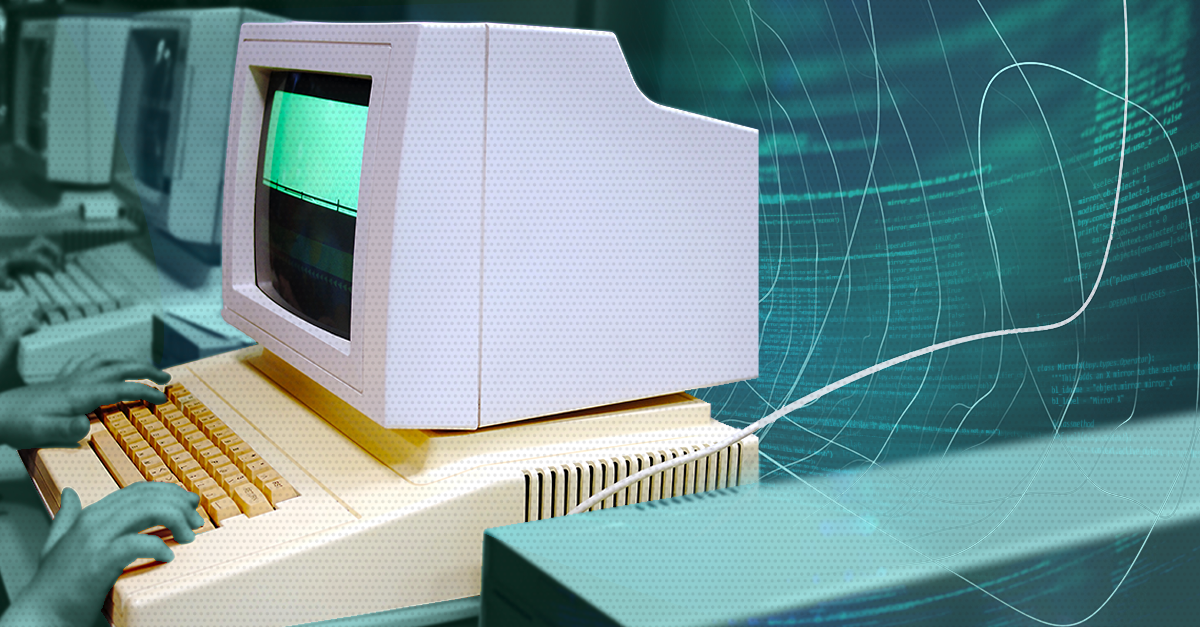 The pace of technology change in both our professional and personal lives is surprisingly fast, and it’s only accelerating. Technology that seems satisfactory one day can seem woefully outdated the next. Dealing with this reality is one of the challenges which will have important implications for insurance carrier IT organizations as they roll through the current budgeting cycle.
The pace of technology change in both our professional and personal lives is surprisingly fast, and it’s only accelerating. Technology that seems satisfactory one day can seem woefully outdated the next. Dealing with this reality is one of the challenges which will have important implications for insurance carrier IT organizations as they roll through the current budgeting cycle.
I recently experienced the stunning feeling of having a foot firmly planted in two centuries, much like insurer IT leaders updating the technology powering their day-to-day operations. The day started with me enjoying some time with one of my vintage motorcycles, a 42-year-old Moto Guzzi Le Mans which my father bought new and was once raced at Daytona.
It represents the pinnacle of technology available at the two-thirds point of the 20th century. It vibrates, exudes prodigious amounts of heat, produces a symphony of noise, and is completely mechanical in every way. Parts can be a challenge to find, but there’s a network of suppliers that stretches from here to Italy. Finding the skill to work on it can also be a challenge, but the network effect allows for some surprisingly good connections over long distances.
On this particular day, I made my way to a demo drive day at the Zero Motorcycles dealer. Think “two-wheeled Tesla” and you have the concept. Other than the lack of a clutch, any noise at all, and heat radiating off the engine, these newer motorcycles are surprisingly similar to a standard internal combustion engine bike. Super high-quality components explain why they ride and handle so well.
On the road, the experience was exhilarating. The new machine makes twice the power of the classic one. Any way you slice it, the e-motorcycle is blisteringly quick. A strong twist of the throttle introduces a near stupefying sensation. What a rush!
Which is better depends on one’s objective. The old bike is an amazing artifact that could still be on the road 40 years from now. But in terms of getting from Point A to Point B in the shortest amount of time, it’s hard to argue that the new machine isn’t an order of magnitude better.
The parallels for insurance technology are clear. Old systems will never be cool or flexible ever again. Maintaining them can be tricky, requiring access to a labor pool that is shrinking. For old workloads, however, they can be cheap to run, surprisingly robust, and oddly resilient.
New core systems, conversely, are flexible, adaptable, and allow for the implementation of new products and distribution systems with stunning speed. Deciding which one is better depends on what problem(s) a CIO and their organization are trying to solve. If it is preparing for what will come in 2030 and beyond, the question answers itself.
Interested in discussing the merits of different types of core systems and other insurance-focused technology issues? So are we! Aite-Novarica Group’s Insurance Practice is looking forward to our next CIO Research Council meeting on September 20th. Register to join us here: https://global.aite-novarica.com/ICIOCM